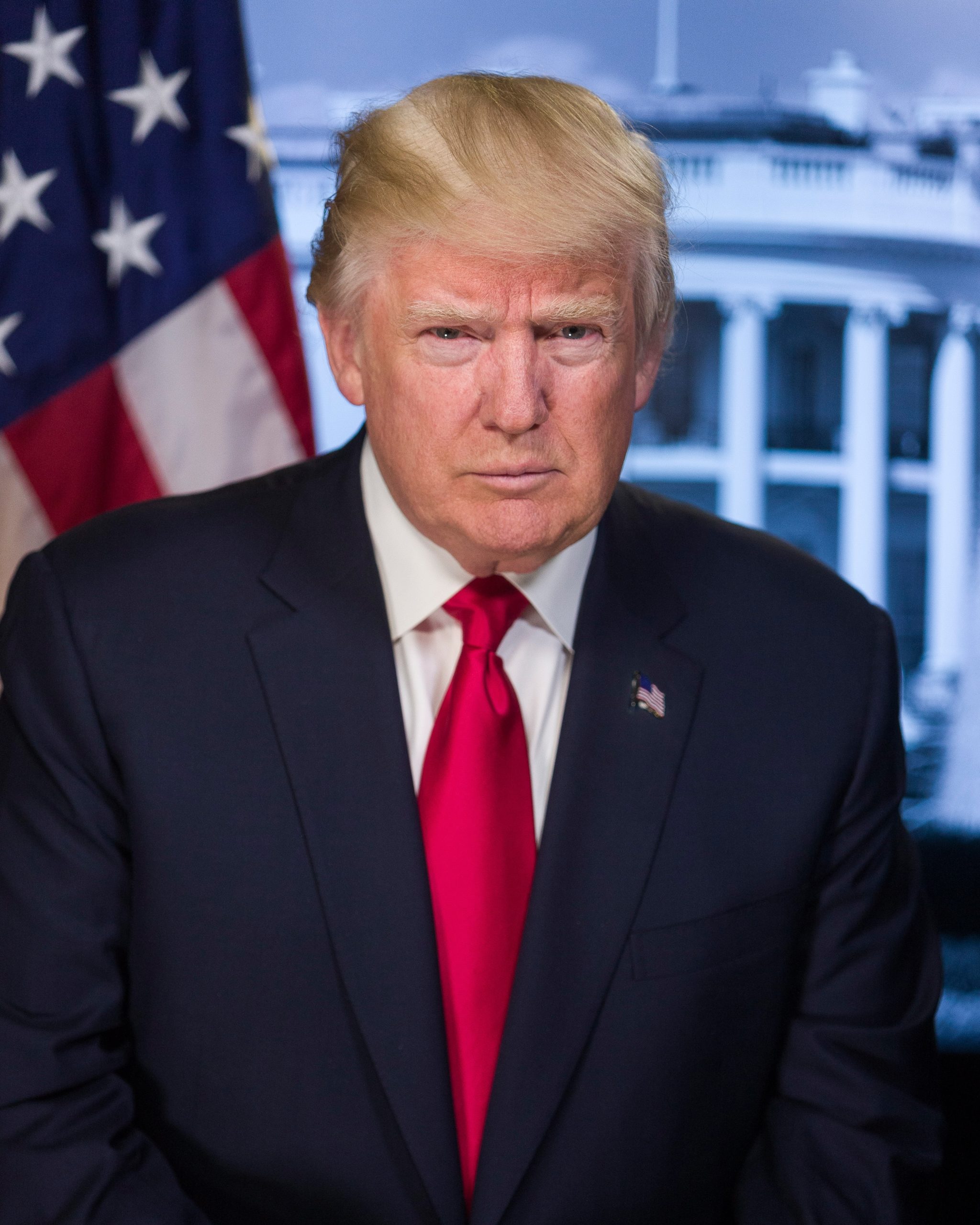Trump is spending $150 million to train Americans to replace H-1B workers
Summary
Donald Trump often blames the H-1B programme for stealing American jobs. However, the ace up foreign workers’ sleeve has been that there aren’t enough American workers to fill their roles. Now, the Donald Trump administration is splurging to change that. […]

Donald Trump often blames the H-1B programme for stealing American jobs. However, the ace up foreign workers’ sleeve has been that there aren’t enough American workers to fill their roles. Now, the Donald Trump administration is splurging to change that.
On Sept. 24, the US Department of Labor (DoL) announced the availability of $150 million (Rs1,105 crore) in the H-1B One Workforce Grant Program to invest in training for middle- to high-skilled H-1B occupations.
The aim is to “upskill the present workforce and train a new generation of workers to grow the future workforce” in sectors like information technology and cybersecurity, advanced manufacturing, and transportation, the press release said.
Read the rest of this story on qz.com. Become a member to get unlimited access to Quartz’s journalism.
Donald Trump often blames the H-1B programme for stealing American jobs. However, the ace up foreign workers’ sleeve has been that there aren’t enough American workers to fill their roles. Now, the Donald Trump administration is splurging to change that.
On Sept. 24, the US Department of Labor (DoL) announced the availability of $150 million (Rs1,105 crore) in the H-1B One Workforce Grant Program to invest in training for middle- to high-skilled H-1B occupations.
The aim is to “upskill the present workforce and train a new generation of workers to grow the future workforce” in sectors like information technology and cybersecurity, advanced manufacturing, and transportation, the press release said.
Through local public and private partnerships, chosen grantees will deploy classroom and on-the-job training to equip individuals in their communities with skills necessary to advance their career pathways. Each grantee will be awarded between $500,000 and $10 million from the corpus. Here’s who can apply:
Most of the H-1B “specialty occupations” are found in STEM (science, technology, engineering, and math) fields. Of the total 388,403 H-1B visas issued in fiscal year 2019 (October 2018 to September 2019), over 65% went to computer-related professions, US Citizenship and Immigration Services data show.
By trying to supplant H-1B workers with their American counterparts, the programme appears to be a bid to combat the country’s sky-high unemployment, which reached an all-time high of 14.7% in April 2020.
It is specifically for participants who are over the age of 17 and not enrolled in secondary school, the DoL press release said. This includes the unemployed, the underemployed individuals seeking full-time employment, and incumbent workers needing to upskill.
However, there’s an argument to be made against going after H-1B occupations specifically. The coveted visa, which allows high-skilled foreign workers to live and work in the US for up to six years, is doled out to 85,000 people each year–a drop in the 167 million ocean that is the American workforce. The unemployment rate in computer science occupations is a testimony: Despite the plethora of H-1B workers, it declined to 2.8% in April 2020 from 3% in January 2020.